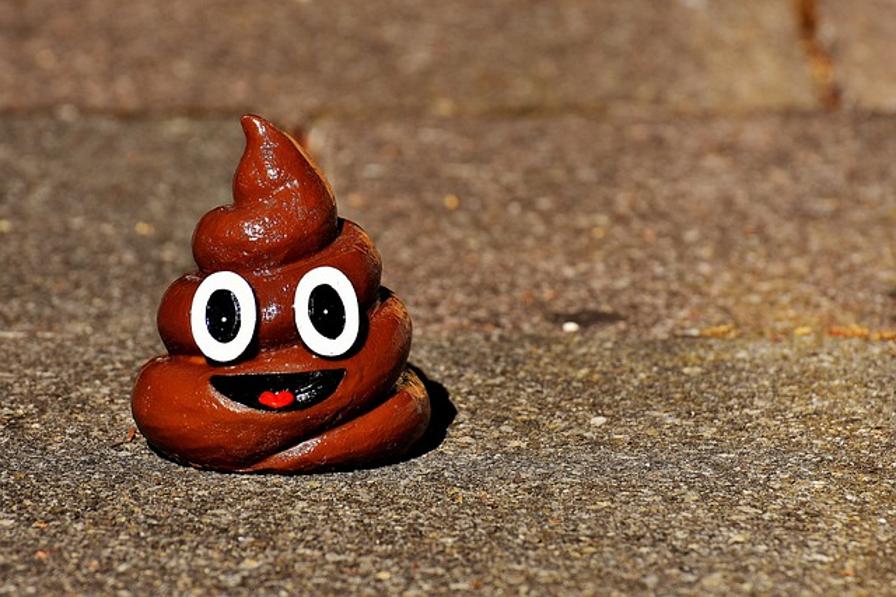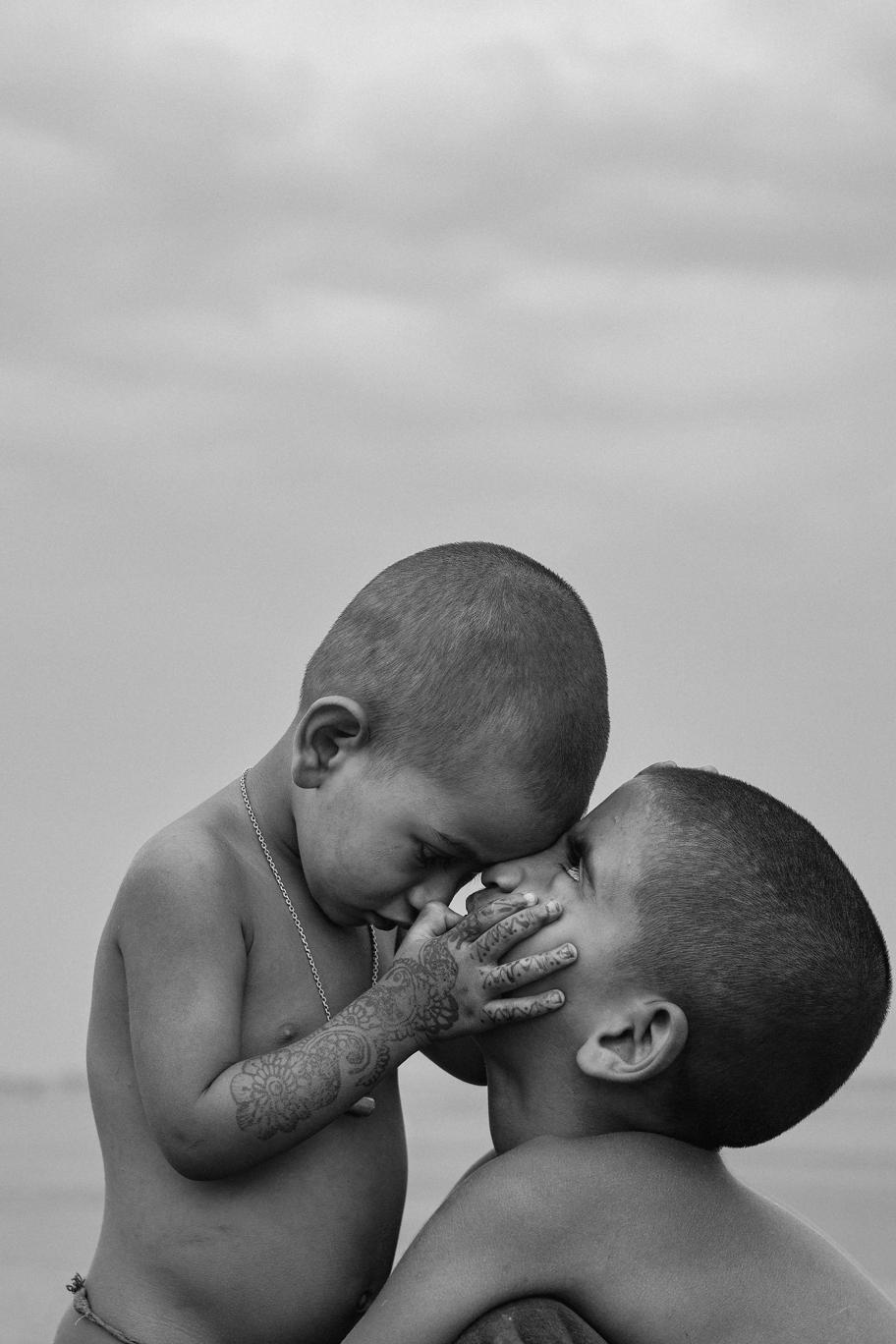Introduction
Potty training can be a challenging milestone for both parents and toddlers. Transitioning from diapers to using the potty is a significant step towards independence for your child. However, many parents find it especially difficult to get their toddler to poop on the potty. This blog will provide you with the essential guidelines, tips, and strategies to make the process smoother and more successful. We’ll cover how to recognize if your toddler is ready, how to create a supportive environment, and specific techniques to encourage your little one to use the potty for bowel movements. Let’s dive in!

Signs Your Toddler is Ready for Potty Training
Before starting the potty training journey, it’s crucial to identify whether your toddler is ready. Pushing a child into potty training when they’re not prepared might lead to frustration and resistance.
- Dry Periods: If your toddler can stay dry for at least two hours or wake up dry after naps, it’s a good sign of bladder control.
- Interest in the Bathroom Habits: When your child starts showing interest in your bathroom habits or expresses a desire to wear ‘big kid’ underwear, they’re showing readiness.
- Communication: The ability to signal or tell you when they need to go is essential. They should be able to recognize and communicate the urge to poop.
- Physical Independence: Your child needs to be able to sit on and get off the potty independently and manage their clothing.
Recognizing these signs will help in determining the right time to start and set a positive foundation for potty training.
Preparing for Potty Training
A smooth transition from diapers to potty requires thorough preparation. The more prepared you and your child are, the easier the process will be.
- Choose the Right Potty: There are various types of potties available. Some children prefer a standalone potty, while others might feel more comfortable with a potty seat that fits onto the regular toilet. Involve your toddler in the selection process to increase their excitement and ownership.
- Potty Training Supplies: Stock up on necessary supplies such as training pants, wipes, and a potty training book or DVD that interests your child. Rewards like stickers or small toys can also be motivating.
- Create a Potty-Friendly Environment: Place the potty in an easily accessible and comfortable location. Having a potty in each frequent-use area can minimize accidents. It’s equally important to ensure your child’s clothing is easy to remove.
Proper preparation creates a conducive environment, making potty training less daunting for both parents and children.
Step-by-Step Guide to Potty Training
Introducing the Potty
- Familiarization: Let your toddler get familiar with the potty without pressuring them to use it. Explain what the potty is for and encourage them to sit on it with their clothes on to start.
- Demonstration: Demonstrate how to use the toilet yourself or use a doll to show the steps. Children learn a lot by observing.
- Routine Inclusion: Include the potty in your child’s daily routine. Have them sit on the potty at regular intervals, such as after meals or before bed.
Establishing a Routine
- Consistency: Establish a consistent routine for potty visits. Encourage your child to use the potty at the same times every day.
- Encouraging Words: Use positive and encouraging language. Praise your child for sitting on the potty, even if they don’t go.
- Observation: Pay attention to your toddler’s cues and behaviors that indicate they need to go, such as squatting or hiding. Prompt them to use the potty at these times.
Positive Reinforcement Techniques
- Rewards and Praise: Use a reward system to encourage your child. Stickers, a small toy, or extra playtime can be effective motivators. Always celebrate their successes with enthusiasm.
- Patience and Encouragement: Remain patient and offer gentle encouragement, even during setbacks. Celebrate small victories and never scold for accidents.
- Interactive Learning: Incorporate potty-themed books, songs, and videos to make learning enjoyable. Toddlers respond well to fun and engaging learning tools.
With these steps, you can help your child feel comfortable and confident using the potty, paving the way for successful potty training.

Troubleshooting Common Issues
Despite your best efforts, it’s common to encounter some roadblocks along the way. Here are solutions to some typical challenges:
Fear of the Potty
If your child is scared of the potty, don’t force them to sit on it. Gradually acclimate them by having them sit on it with their clothes on. Using role models and engaging stories can also help diminish fear.
Constipation Problems
Ensure your child’s diet is rich in fiber with plenty of fruits, vegetables, and whole grains. Encouraging regular water intake and using a reward system can also motivate them to try pooping on the potty.
Accidents and Setbacks
Accidents are a normal part of potty training. Remain calm and never punish your child for accidents. If accidents persist, it might be helpful to revisit the basics or take a break if needed. Sometimes a pause and reset is beneficial.
Acknowledging and addressing these issues calmly and effectively can keep the potty training journey on track.

Tips from Real Parents
Hearing from those who have been through the process can offer unique insights:
- Create a Potty Chart: One parent shared that using a colorful potty chart to track successes was very motivating for their toddler.
- Potty Training Song: Another parent mentioned that creating a silly potty song made the process fun and exciting, keeping their child engaged.
- Story Time: Incorporate a favorite story or a special book only read while sitting on the potty. This can make potty time something your child looks forward to.
Real-life tips offer practical, tried-and-tested methods that can supplement the core training techniques.
Conclusion
Potty training is an essential developmental milestone that comes with its set of challenges and triumphs. By recognizing readiness signs, preparing adequately, following a step-by-step approach, and troubleshooting issues calmly, you can guide your toddler towards mastering this new skill. Patience, consistency, and positive reinforcement are key components that will make the journey smoother for both you and your child. Utilize these strategies and real-life tips to help your toddler transition successfully from diapers to the potty.
Frequently Asked Questions
How long does it take to potty train a toddler?
The time required for potty training varies from child to child. On average, it can take anywhere from a few weeks to a few months. Consistency and patience are essential during this period.
What should I do if my toddler is scared of the potty?
If your toddler is scared of the potty, gradually ease their fear by letting them get familiar with it and not forcing them to sit on it. Using role models and engaging stories can also be helpful.
How can I prevent constipation during potty training?
Prevent constipation by ensuring your child’s diet is rich in fiber from fruits, vegetables, and whole grains, and by encouraging regular water intake. Use rewards and positive reinforcement to encourage potty attempts, even if they’re initially unsuccessful.
